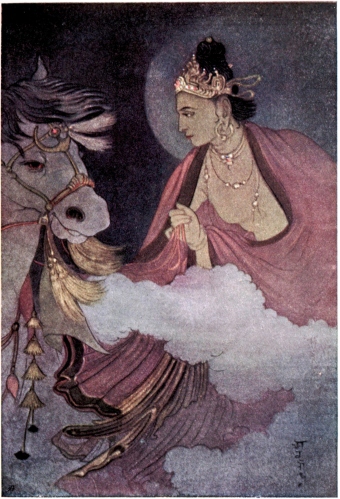
By Pau Giner – Own work, CC BY-SA 3.0, Link
All the karma ever created by me since of old
Through greed, anger, and self-delusion
Which has no beginning, born of my body, speech, and thought
I now make full repentance of it[1]
Student:
Could you say something about repentance?
Okumura Roshi:
Repentance is a translation of the Buddhist term sange. The origin of sange in Buddhism is as old as the history of the Buddhist sangha. Because of certain Christian connotations, I know many American people don’t like the word “repentance.” Some people use another word such as atonement, or try to avoid the word repentance altogether. I use this word repentance because when the Bible was translated into Japanese, Japanese Christians translated the English word repentance with the Buddhist word sange. So when I use the English word repentance, in my mind this is simply the Japanese word sange in a Buddhist context. I am not referring to the meaning of this word as it is used in Christianity.
As far as repentance in Buddhism, historically, Buddhist sanghas in India had gatherings twice a month, on the evenings of the new moon day and the full moon day. In the lunar calendar the new moon day is the first day of each month, and full moon day is the middle, the fifteenth of each month. On these evenings all sangha members gathered together and the leader of the sangha recited the precepts. When any member of the sangha thought they did something against the precepts they made a kind of confession. I did such and such things and this is against the precept and I will try not to do such a thing again. That is the original practice of repentance.
When we receive the precepts, especially the Mahayana precepts, they are really difficult to completely, perfectly keep. It’s almost impossible to live completely keeping the precepts. Take the example of the precept of not killing. Even if we don’t kill animals and we kill vegetables to eat, vegetables are living beings, so we need to make repentance. Or take the example of not telling a lie. You know, if we say “sunrise” and “sunset,” it’s not true. The sun doesn’t actually move to create day and night. We use such an expression in our common usage, but it is not true. Well, my example is a kind of joke, but when we try to live following the precepts we receive, often we see we are not completely following those precepts. So we need to see, or be aware of the incompleteness of our practice. I think that is sange, or the English word I use, repentance. As far as we take our vow and practice trying to fulfill that vow we have to see the incompleteness of our practice. This awakening is repentance to me, and repentance allow us to return to the original direction in which we are going. So repentance is kind of encouragement to me, an encouragement to keep practicing.
Dōgen emphasizes that whatever the condition or situation or state of our mind, we just whole-heartedly practice. That’s it, only the reality of right now right here. But we need to practice, based on our bodhisattva vow to free all beings, to be free from our delusions, to study dharma, and to attain buddha’s way.
Sentient beings are numberless; I vow to save them.
Desires are inexhaustible; I vow to put an end to them.
The dharmas are boundless; I vow to master them.
The Buddha’s Way is unsurpassable; I vow to attain it.[2]
That is our vow. Usually or almost always our practice is incomplete. We cannot really fulfill those four bodhisattva vows so we need to awaken, we need to be aware of that incompleteness of our practice. Incompleteness is not a bad thing, and to awaken to that incompleteness of our practice is important. That awakening allows us to practice repentance. So as far as we practice based on following our bodhisattva vows, we need to awake to the incompleteness of our practice and practice repentance. Vow and repentance allow us to return to the track we follow to go in that direction, that is, towards buddhahood or nirvana. And when we practice with that attitude, we can find nirvana in each step, each moment.
— • —
[1] See Shohaku Okumura, Living by Vow: A Practical Introduction to Eight Essential Zen Chants and Texts (Boston: Wisdom Publications, 2012), chapter 2 for an in-depth discussion of this verse.
[2] See Shohaku Okumura, Living by Vow: A Practical Introduction to Eight Essential Zen Chants and Texts (Boston: Wisdom Publications, 2012), chapter 1 for an in-depth discussion of this verse.
— • —
Commentary by Shōhaku Okumura Roshi
The Dōgen Institute offers an occasional series of questions from students with responses from Okumura Roshi about practice and study. These questions and responses are from Okumura Roshi’s recorded lectures, and are lightly edited.
— • —
For further study:
-
- Read Living by Vow
> Other Questions and responses
Copyright 2020 Sanshin Zen Community




